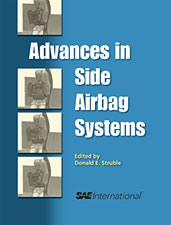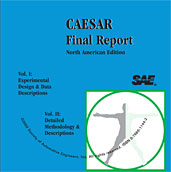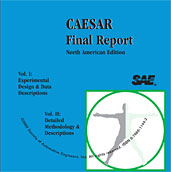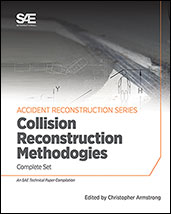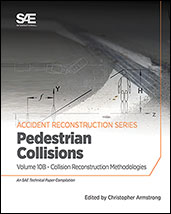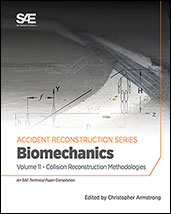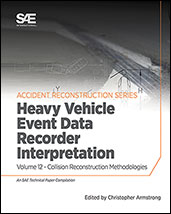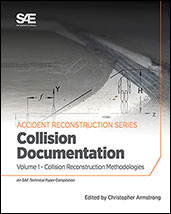Book

2018 Ultimate GD&T Pocket Guide 2nd Ed
2020-11-23
The 2018 Ultimate GD&T Pocket Guide explains the most common rules, symbols, and concepts used in geometric dimensioning and tolerancing. This one-of-a-kind reference guide includes more than 100 detailed examples to illustrate concepts. Numerous charts for quick reference provide explanations of each GD&T symbol, modifier, and more. This valuable on-the-job resource clarifies how to interpret standard-compliant technical drawings that use ASME Y14.5-2018.


